Myanmar: Shan State, Kalaw
An old colonial hill station set
up high in the hills of Western Shan State, Kalaw is Myanmar’s hiking mecca; it’s
the only place where travellers can trek overnight without prior permission.
With the perfectly cool climate and amazing views, this was one of my favourite parts of Myanmar.
__
It was a fairly arduous and long
journey up to Kalaw. 1 truck, 2 flights, a bumpy car ride along windy roads and
approximately 12 hours later we finally arrived at this little mountain town about
1300m above sea level. If this sounds like too much of an effort and you have more time, there is a train which goes from
Yangon to Kalaw…but this takes about 2 days because the train legitimately
travels at about walking pace. It is also not an entirely reliable method of
transportation with delays frequent and expected, although the journey meandering
through the hills must be spectacular.
Arriving in the dark, we didn’t get
to appreciate our surroundings until the following morning when we looked out
at the rolling green hills, with the mist rising from the forests below and the
chanting of monks and bells echoing across the valley.
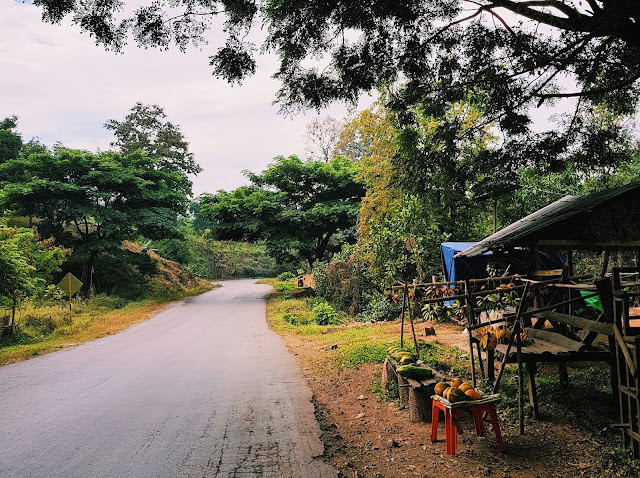 |
| Wet Pyu Ye |
We were planning to spend the
last day of 2017 hiking to an Elephant Sanctuary. Our thanks for the cool
morning air was short-lived as the mist evaporated quickly and was replaced by 100%
humidity and the humming of mosquitoes. We met our guide at Wet Pyu Ye and he
took us through rainforest and banana plantations down to the sanctuary. As a side note – hiking around Kalaw without a
guide is generally not recommended. The tracks are not well defined, there is
no signage, the terrain is pretty challenging (especially in the wet season
when it just becomes a mud slide) and hardly anyone speaks English. Even with our
guide there was little conversation, he walked we followed. He was an amazing
little old man with heavily leathered skin from a life spent outdoors. Dressed
in a traditional Longyi paired with high-top converse and a machete this
guy was a force to be reckoned with. Unconcerned by the vertical terrain he
kept an unrelenting pace, as we trotted along behind him, distracted by exotic
plants and beautiful scenery.
| (L) Banana Flower (R) Our guide |
Having heard horror stories about
elephant sanctuaries in Asia which are anything but, I think Green Hills
operates the best model possible in keeping wild animals in captivity. Privately
owned and family run, they look after disabled and injured elephants which have
been retired from the logging industry. The Mahouts and their families live on
site within the sanctuary as well as a vet which allows them to provide
constant medical care for the animals. The elephants are released each day in
the afternoon to roam the mountains but they always come back each morning
(probably due to the easy supply of pumpkin and bamboo they are provided with).
The team at the sanctuary work in educating the surrounding villages and
farmers, as elephants are widely still perceived as pests and destructive to
the banana plantations. They receive no government funding; it is the income from
visitors that helps provide the elephants with continuing care. Despite the
years of obvious abuse (many had visible gunshot wounds, hernias, dislocations),
these gentle giants were so beautiful and their relationship with the mahouts made you regain faith in humankind.
 |
| Elephant - note the star shaped scar - she used to belong to the government |
 |
| Beautiful Shu Lay War, 42 yrs and blind in one eye |
As well as elephant education, the team at Green Hills work hard to educate the local community as to the importance of the rainforest and to prevent illegal deforestation. The entire valley is surrounded by beautiful Teak trees, many which have been replanted by the sanctuary.
Village life in the hills around
Kalaw varies greatly. Some tribes are fairly modern in their development and
houses have satellite dishes, while other villages still exist without
electricity or running water. There are over 34 different hill tribes within
Shan State, each with their own customs, dress and dialects. With publishing
information in languages other than Burmese punishable by arrest, education is
lacking, especially in the rural areas of the state. Shan State has a long complicated
history and relationships between government and tribes which I won’t pretend
to understand, but since 2012 there has been a signed ceasefire between the
tribal armies and the government which has reduced the volatile armed conflict
long associated with this region.
Our interaction with locals was
also significantly diverse. Some were curious, others somewhat disinterested
and some even scared, in particular the younger children who had very little
interaction with Westerners. But always friendly, and as soon as we smiled and
waved, we got a beaming smile in return. And without exception, everyone we met
was so welcoming and generous. We were invited in houses, ushered into kitchens
and offered green tea and fried chick pea fritters and local delicacy of honey
comb on a stick (literally incredible). With most people earning their living
as farmers, a large percentage of the population exists below the poverty line,
which made their generosity even more touching.
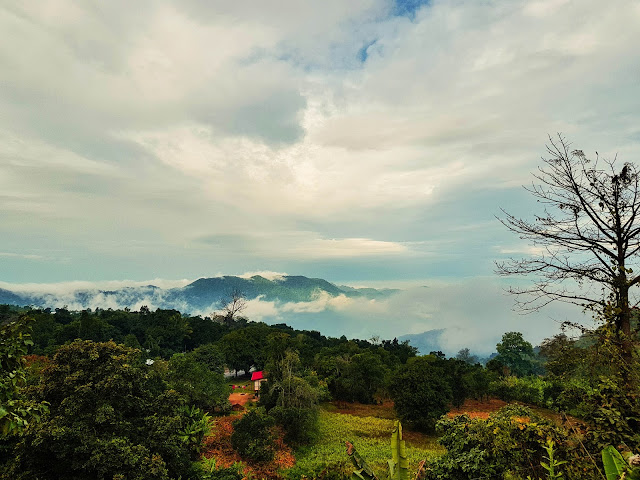

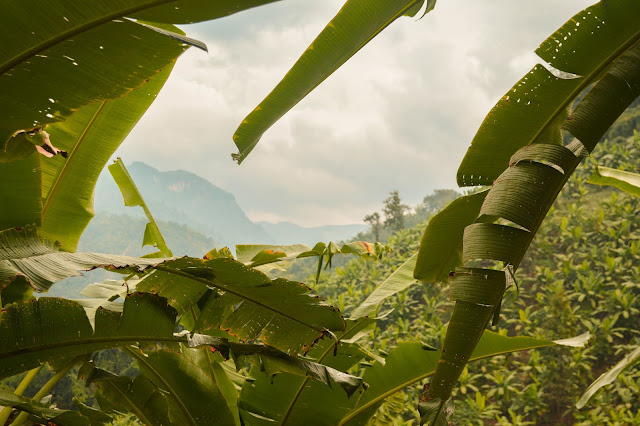
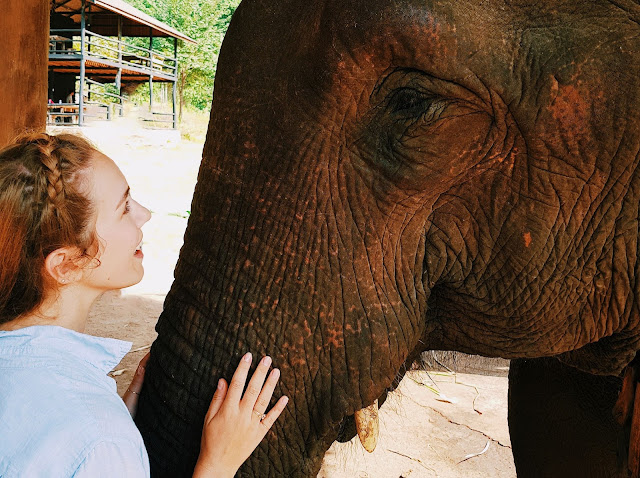

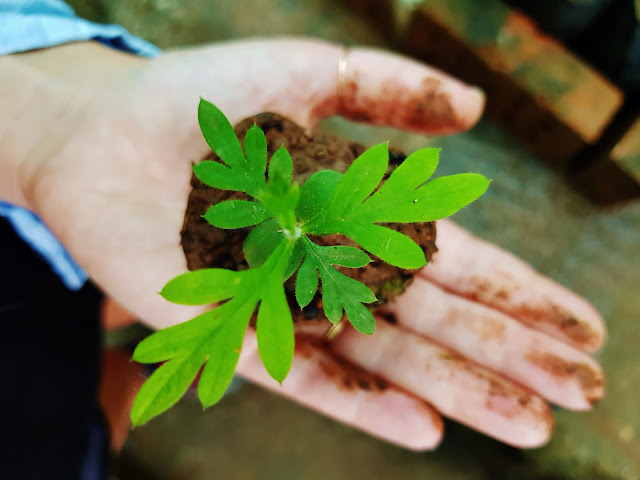
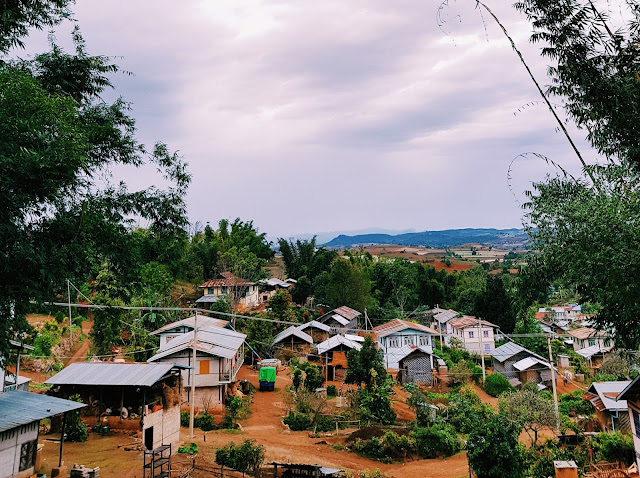


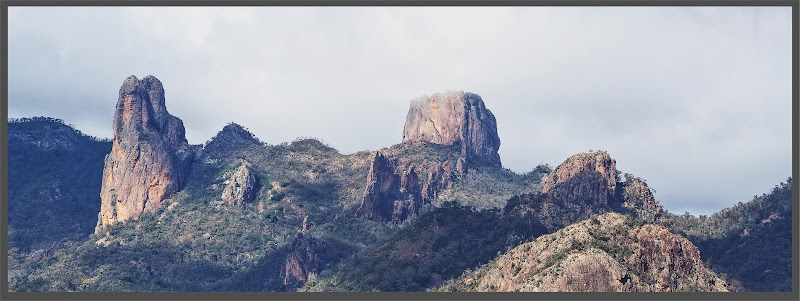
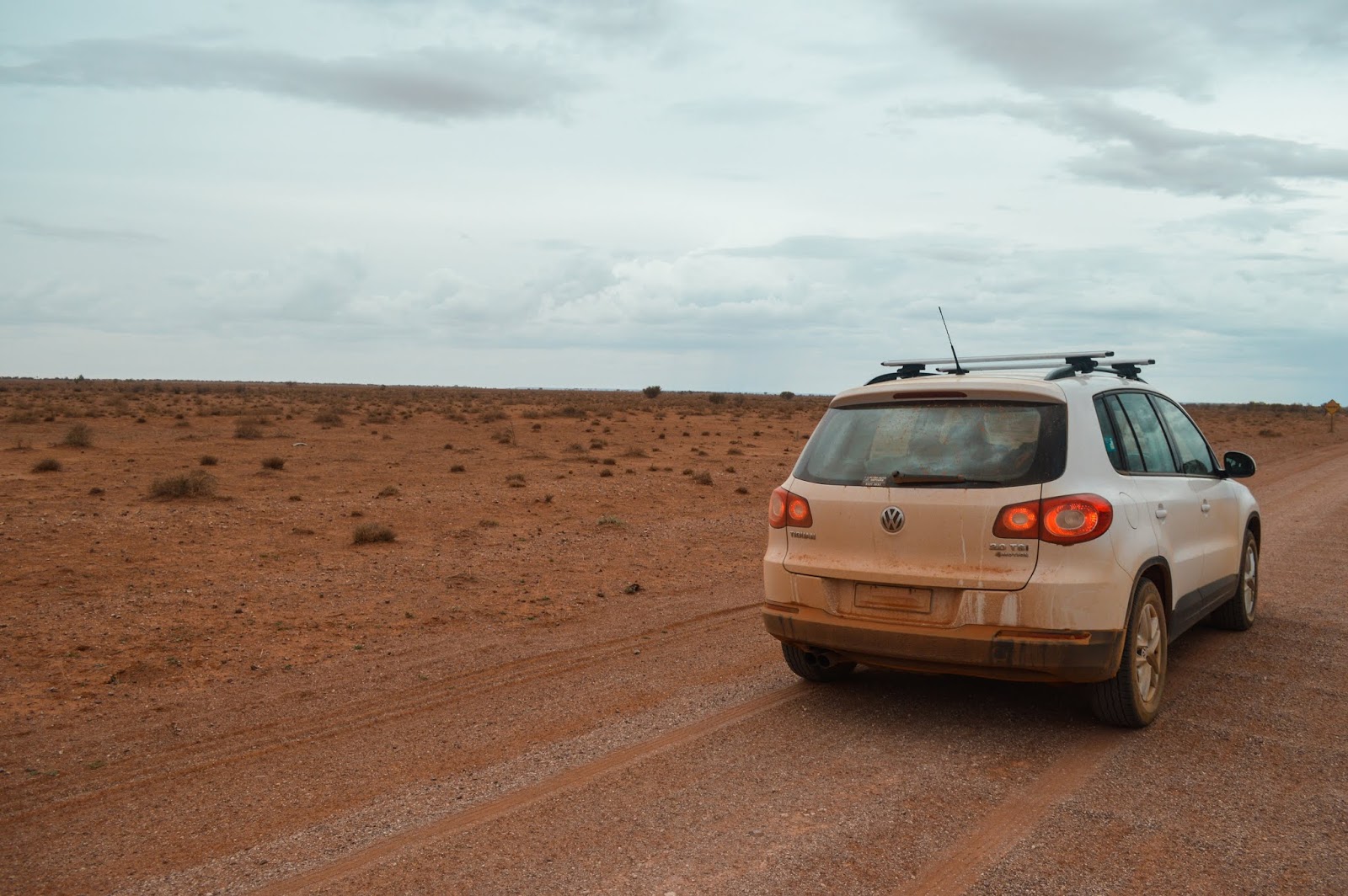
Comments
Post a Comment